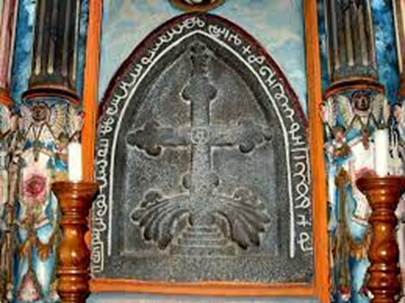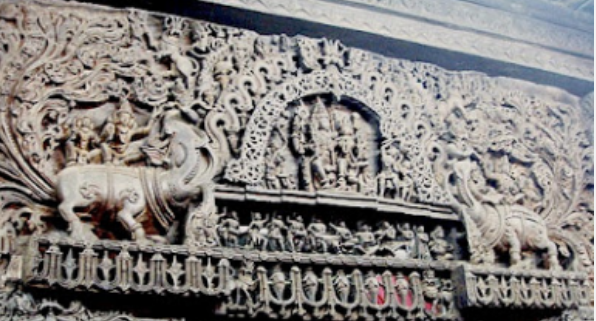Malankara Research
Research and reflections on the ancient Jacobite Syrian Orthodox Church of Malankara, Kerala
2nd Syrian Migration – images for talk on 13 Nov 2021
I am giving a talk today – 13 Nov 2021 – on the 2nd Syrian Migration, and I would like listeners to be able to look at these images while I talk.
Manichaean iconography

Iconography of the Nestorian Church
The Nestorian cross in China(1)

Nestorian Cross in China (2)

Armenian tomb-stones with Khachkar (crosses) (Not Nestorian )


‘Persian’ Cross in Mylapore 98x95cms.

Persian cross 1 ( north altar) in Kottayam Valiapally; Smaller and simpler. 76x57cms. Not many decorations

Persian cross 2(south altar) in Kottayam Valiapally. Large. 150x100cms. Fully embellished

Persian cross in Kadamattom, with crude copy of the Pahlavi inscription and RC inscription of INRI added at the base for ornamentation. 87x53cms

Persian cross in Muttuchira, with left side inscription defaced. 78x65cms

Persian cross in Alangad church 74x57cms

Makara thorana decorations- highly stylised images of fabulous animals



Kollam copper-plates -825?

Some of the Kufic and Pahlavi signatures on the Kollam plates

Dear Dr. Knight,
Thanks for your scholarly speech. I have a doubt. Are the contents in the Tharissapally copper plates a continuation or renewal of the rights provided in the copper plates of AD 345? If so, it will be a piece of indirect evidence for the existence of Knai Thoma copper plates as we have no other copper plates granted to Christians before 345 AD.
Thank you very much
LikeLike
Dear Sanil George
The Tharissapally copper plates of 825, as far as we know now, have no connection with those of 345. So to answer your question, the former is not a continuation of the latter. The donor, recipient (donee), witnesses etc. are very different.
I’ll put up pages from the early 20th c. historical scholar T.K. Joseph’s overview of some of the different copper-plate grants given to the Syrian Christians.
Before 345, the St. Thomas Christians (called ‘Margakkar’ till 345) were an isolated and fast-diminishing community.
As the strong tradition in the Church suggests ( supported some historical manuscript-fragments), by 290 AD most had reverted to pagan beliefs or to the extreme heresy of Manichaeism. So it appears that the Church enjoyed no honour or esteem in society, indicating it was in no position to have received any favours from local rulers.
Thank you for your interest in church history. It’s a fascinating subject, especially in these troubled times.
Best wishes
SK
LikeLike
Dear Dr. Knight, Thank you very much for your reply. My question was based on the following statement in a recently published book titled “Syrian Manuel: Samagra Kerala Charithram” by TO Eliyas (SPCS, 2015: page 155.) “തരിസാപ്പള്ളി എന്ന പേരിൽ ഒരു പള്ളി പണിയുവാൻ സുറിയാനിക്കാർക്ക് സ്ഥലവും, അവർക്കു മുൻപ് നൽകിയിരുന്ന 72 വീടുപേറുകളും കച്ചവട സംബന്ധമായ അവകാശങ്ങളും അധികാരങ്ങളും പുതുക്കുന്ന തരിസാപള്ളി പട്ടയം നൽകുകുകയുണ്ടായി “. However, I am not sure about the authenticity of the above statement.
Thanks Sanil George sgkuzhy@gmail.com
On Sun, 21 Nov 2021, 12:19 am Malankara Research, wrote:
> sarahabrahamknight commented: “Dear Sanil George The Tharissapally copper > plates of 825, as far as we know now, have no connection with those of 345. > So to answer your question, the former is not a continuation of the latter. > The donor, recipient (donee), witnesses etc. are very dif” >
LikeLike